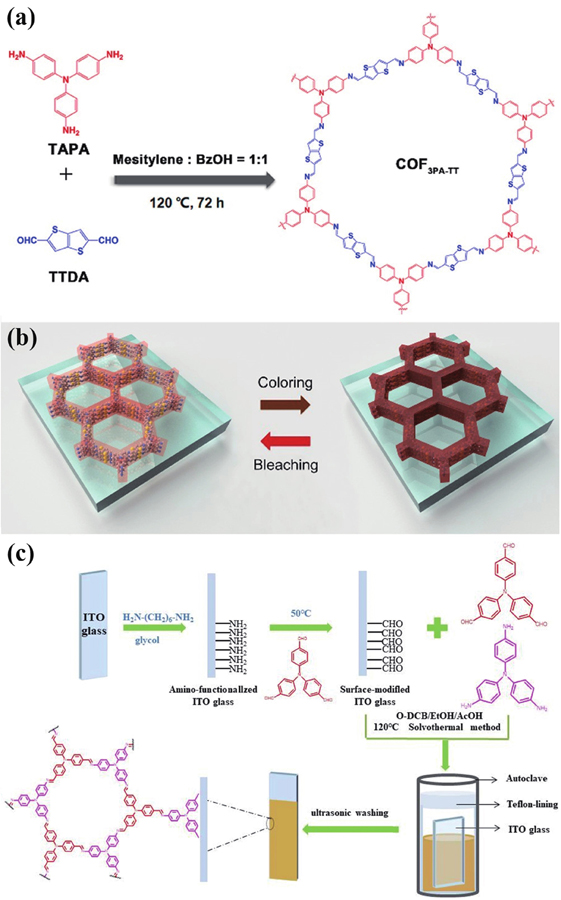Search by keywords or author
- Journal of Semiconductors
- Vol. 43, Issue 9, 090202 (2022)
References

Yunye Wang, Zuo Xiao, Shanxin Xiong, Liming Ding. COF-based electrochromic materials and devices[J]. Journal of Semiconductors, 2022, 43(9): 090202
Download Citation
Set citation alerts for the article
Please enter your email address



